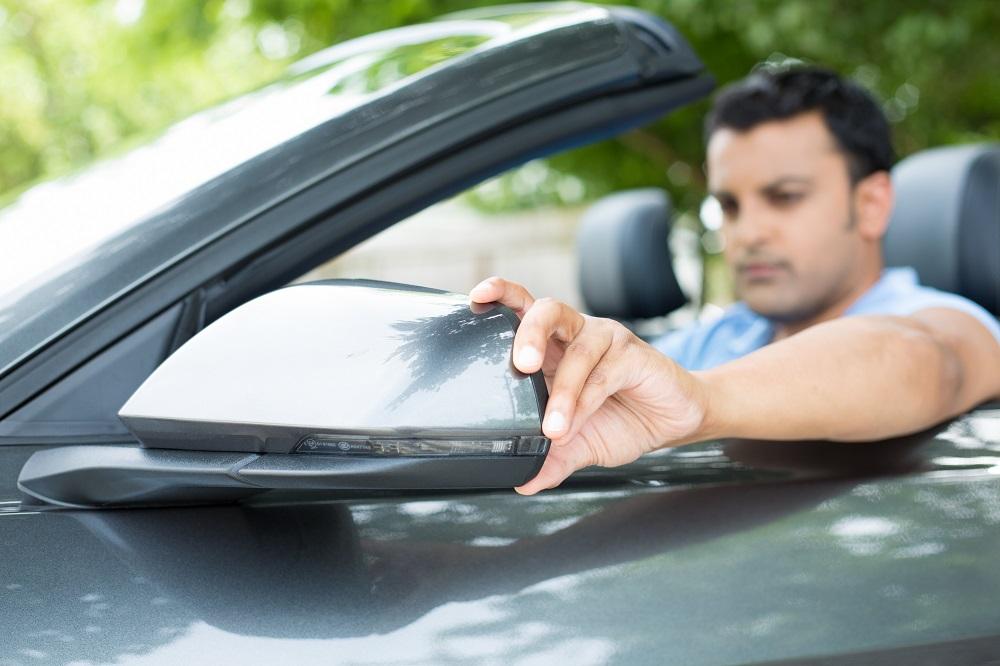
Being mindful of blind spot driving is an important part of being a defensive driver. For your safety and the safety of others, it’s important to know where the blind spots on your own vehicle are, as well as where they might be on others’ vehicles.
What is a blind spot?
A blind spot is any area immediately surrounding your vehicle that cannot directly be observed by you, the driver, within your normal field of vision. Your field of vision includes anything you can see directly in front of you as well as anything you can easily see in your peripheral vision or side and rear view mirrors.
Blind spots can occur when the A-pillar (also known as the windshield pillar), side-view mirrors or interior rear-view mirror block your view of the road. Cargo, headrests and additional pillars in the rear of the vehicle can also create blind spots. These blind spots hide any object positioned within them from the driver’s normal field of vision, including other cars, pedestrians, barriers and more.
How to avoid blind spots
What makes blind spots so dangerous is, in part, because checking the area often requires the driver to break out of their normal field of vision. Manually checking a blind spot usually requires the driver to turn their head and look over their shoulder, which can pose a risk to hazards that may appear within the driver’s normal field of vision while they are performing the check.
There are steps drivers can take to reduce their reliance on these kinds of “shoulder checks,” though it’s unlikely that you will completely eliminate the need for this kind of check.
Obviously, if you have the rear of your vehicle stacked high with items or cargo that obscure your view, the best way to avoid this is to not place or stack items in your vehicle that will obscure your vision.
Perhaps the best and most reliable way to help minimize your blind spot areas is by making sure your mirrors are adjusted correctly. The key to these adjustments is that, while you might not be able to adjust your mirrors in a way that gives you a full field of vision, you can minimize the blind spot areas to be so small as to not allow an object, whether it’s a small scooter, motorcycle, pedestrian or animal, to be completely obscured from your view. The idea is to still be able to see at least a little bit of the object, enough to know it is present, so that you may avoid it.
To adjust your mirrors, first make sure to adjust your rear view mirror so that it gives you a clear rear view. For the left side mirror, lean slightly to the left and adjust the mirror so that the side of your own vehicle is barely visible. For the right side mirror, lean to the right so that your head is positioned in the center of the vehicle. From this position, adjust the mirror until you can just barely see the side of your vehicle in the mirror.
With all three mirrors, it’s important to adjust the vertical alignment as well. You want a clear view of what’s on the road, not a view of the road or sky.
Some newer cars are equipped with blind spot detection systems. These systems are designed to detect objects on either side of a vehicle and alert the driver when they are near an obstacle or another vehicle. While these systems can help drivers be more aware of their surroundings, it’s important to not rely too completely on these automated systems and still practice other methods for monitoring your blind spots and driving defensively. Learn more about blind spots by visiting https://www.nhtsa.gov/sites/nhtsa.gov/files/blindzoneglaremirrormethod.pdf.

